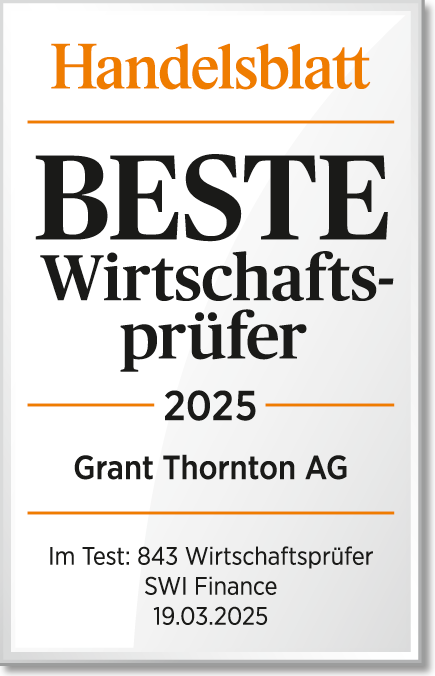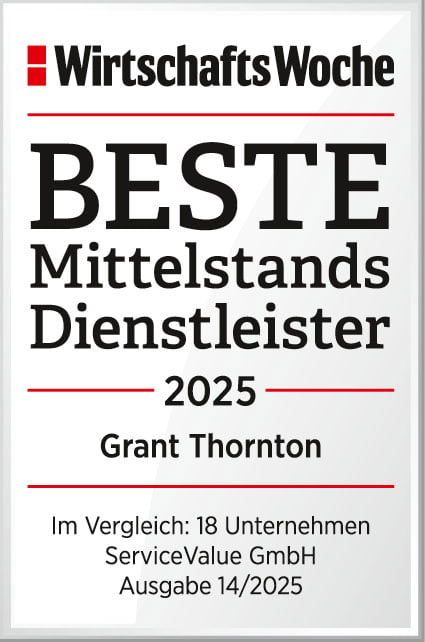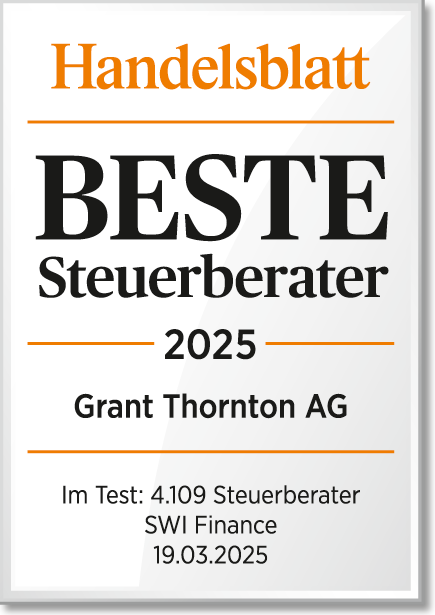-
Operational excellence and restructuring
Advisory for businesses, whatever situation they’re in
-
Deal Advisory
We’ll advise you on national and international transactions
-
Valuation & economic and dispute advisory
We’ll value your business fairly and realistically
-
Tax for businesses
Because your business – national or international – deserves better tax advice.
-
Business Process Solutions
Measuring and utilising company data
-
Tax for financial institutions
Financial services tax – for banks, asset managers and insurance companies
-
Tax in the public sector
Advisory and services for the public sector and non-profit organisations
-
Employment law
Representation for businesses
-
Commercial & distribution
Making purchasing and distribution legally water-tight.
-
Financial Services | Legal
Your Growth, Our Commitment.
-
Business legal
Doing business successfully by optimally structuring companies
-
Real estate law
We cover everything on the real estate sector, the hotel industry, and the law governing construction and architects, condominium ownership, and letting and renting.
-
IT, IP and data protection
IT security and digital innovations
-
Mergers & acquisitions (M&A)
Your one-stop service provider focusing on M&A transactions
-
Sustainability strategy
Laying the cornerstone for sustainability.
-
Sustainability management
Managing the change to sustainability.
-
Legal aspects of sustainability
Legal aspects of sustainability
-
Sustainability reporting
Communicating sustainability performance and ensuring compliance.
-
Sustainable finance
Integrating sustainability into investment decisions.
-
Grant Thornton B2B ESG-Study
Grant Thornton B2B ESG-Study
-
International business
Our country expertise
-
Entering the German market
Your reliable partners.
Carve-outs are complex. But not when we help.
Carve-outs are no longer just something for corporate groups – they’re also becoming a strategic option for mid-market companies and the real estate industry. But a carve-out is more than just a sale: it’s a complex, multi-layered process that requires precise planning, legal certainty and operational excellence.
A business unit that is no longer central to one company can become an opportunity for another to grow. But the reality is often:
Entities are operationally and legally intertwined.
Multiple IT and ERP systems and complex structures make separating difficult.
Cost traps and contractual obstacles need to be identified early.
Grant Thornton will guide you safely through the carve-out process – with a clear plan, in-depth expertise and a strategy that works long-term. Because carve-outs are complex. But not when we help.
Safe carve-outs with Grant Thornton
A carve-out is not something you can do on the side – it requires precision, strategic foresight and operational excellence. Whether buy-side or sell-side, without an experienced partner, a carve-out can quickly turn into a pitfall.
We’ll guide you and your carve-out through every phase – minimising risks, maximising opportunities and creating the basis for your next step of growth.
Exit readiness & strategy
- Review of exit readiness
- Fit-for-exit programme
- Developing a suitable carve-out strategy
Separation process & risk management
- Designing an efficient separation process
- Identifying & managing carve-out risks
- Minimising remaining costs
Stand-alone model & financials
- Developing a stand-alone business model
- Preparing the carve-out financials
- Adjusting for transfer pricing & cost allocation
Contracts and operational implementation
- Consulting for transition service agreements (TSAs) and service level agreements (SLAs)
- Anticipating potential buyers’ requirements
- Management of the carve-out office
- Day One readiness checks and support with communication
Risk analysis & strategic evaluation
- Identifying problem areas, risks & opportunities
- Analysis of financial & operational interconnections
Takeover & integration
- Deriving the implications of separation
- Evaluating the necessary shared services
- Drafting a 100-day plan
Contracts & legal safeguards
- Ensuring readiness to take over on Day One
- Consulting on transition service agreements (TSAs) and service level agreements (SLAs)
Frequently asked questions about carve-outs
A carve-out is when a business unit is strategically split off from a company. A carve-out can be done by means of a sale or a spin-off. The goal is to make a business entity that is no longer central economically and operationally independent or to transfer it to a buyer. Carve-outs are particularly relevant in strategic realignments, mergers and financial restructuring.
The duration of the carve-out process depends on the complexity of the business unit involved, its legal structure and IT integration. Smaller carve-outs can be completed within a few months, while large, globally interconnected entities take 12–24 months. Detailed planning is crucial to implement the carve-out quickly and smoothly – especially in finance, IT, contracts and operational processes.
A carve-out is the specific carving out of a business unit, usually by selling or transferring it to an external buyer. The goal is often to quickly turn it into money or a strategic realignment.
A new company is formed in a spin-off, too, but the shares in the new company are often issued to existing shareholders, so there remains a close link to the parent. A carve-out usually results in complete separation.
A reverse carve-out is a special form of carve-out whereby it is not the carved-out business unit that is left behind as an independent unit, but the original parent. This is often done when the carved-out area is the more valuable or strategically important entity that should continue as the main business.
A transition service agreement (TSA) is a contract that regulates temporary support from the parent after the carve-out.
Why is this important?
✔ It ensures that the carved out area remains functional until all its own systems are in place
✔ It often includes IT services, accounting, human resources and logistics
✔ It reduces operational risks and ensures that transition goes smoothly
Without a TSA, a carve-out can run into operational difficulties, especially if critical infrastructure or expertise has not yet been built up independently.






